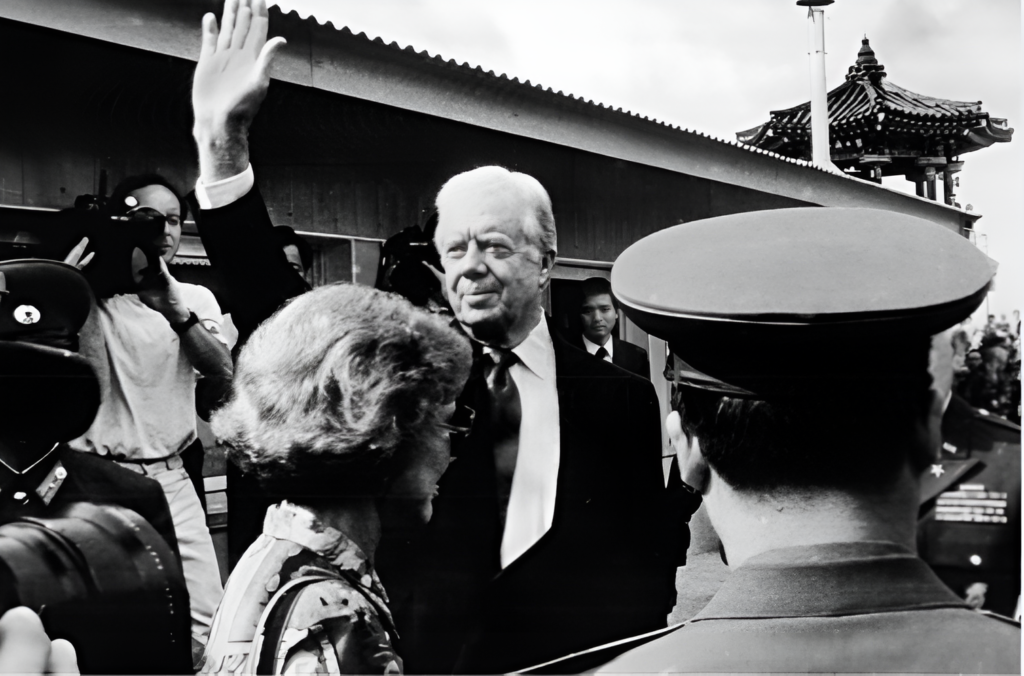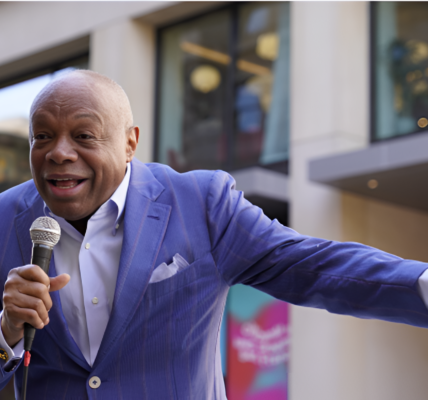
Often called the last liberal president, Jimmy Carter will be remembered by many Americans for his legacy after he left the presidency, human rights and peace activist. Still, this account greatly mischaracterizes Carter’s own presidency: the last in the line of the New Deal liberal presidents is actually the very opposite, rather it was a start to the conservatives who served immediately after. His administration, however underrated, prepared the ground for the political shift that Ronald Reagan would relentlessly accelerate.
When Carter lost to Reagan in 1980, much of the journalism framed that outcome as a repudiation of statist liberalism, portraying Carter as a “good-hearted liberal” who simply couldn’t keep the voters’ trust. But the words don’t fit the policies, much less the rhetoric, of Carter’s governing vision and message, as attested to by historians studying the Democratic party legacy.
A Pragmatic Break with Liberal Orthodoxy
Unlike John F. Kennedy or Lyndon B. Johnson, who made government a powerful agent of transformation, Carter openly discussed its limitations. In his 1978 State of the Union address, he said, “There is a limit to the role and the function of government. Government cannot solve our problems.” This statement was a shocker for liberals at that time. Historian Arthur Schlesinger Jr. lamented that Carter’s words would have been unthinkable coming from Franklin D. Roosevelt or Harry Truman, going so far as to call Carter “not a Democrat — at least in anything more recent than the Grover Cleveland sense of the word.”
Carter’s restrictive view of government presaged the famous declaration Reagan would later deliver: “Government is not the solution to our problem; government is the problem.” Although he never embraced the broad condemnation of federal power advocated by Reagan, Carter’s rhetoric and policy decisions marked a clear break from New Deal liberalism.

A Conservative Lean in Policy
Carter’s presidency coincided with a rightward drift in American politics that began before he took office. The civil rights movement fractured Democratic dominance in the South, the Vietnam War eroded public trust in government, and the 1973 oil embargo shattered postwar economic prosperity. By the time Carter entered the White House, liberalism was already on the defensive.
Many of Carter’s policies reflected this new reality. His administration deregulated industries like trucking and airlines, laying the groundwork for further deregulation under Reagan. He also introduced measures to address inflation, such as appointing Paul Volcker as Federal Reserve chairman, whose tight monetary policies would define Reaganomics.
Even his victories, such as the establishment of the Department of Education or the oil windfall profits tax, seem liberal in retrospect but in their moment were pragmatic reactions to particular crises rather than philosophical subscriptions to big government.
This fact puts him at odds with his party.
That was conservative enough for the country. Carter’s cautious approach alienated many liberal Democrats. Political consultant Bob Shrum, who briefly worked on Carter’s 1976 campaign, resigned in frustration, accusing Carter of concealing his true convictions. Four years later, Shrum joined Senator Ted Kennedy’s primary challenge against Carter, which came from the left.
In private, Carter admitted feeling more at home with conservative Democrats and even Republicans. “I feel more at home with the conservative Democratic and Republican members of Congress than I do the others,” he wrote in his White House diary, adding, “although the liberals vote with me more often.”
The Conservative Shift Begins
To understand Carter’s place in history, it is necessary to view his presidency as part of a broader political realignment. The liberal consensus that had dominated since the New Deal unraveled in the 1970s, weakened by cultural and economic upheavals. Watergate, while a short-term boon for Democrats, eroded public trust in government, a sentiment the Republican Party capitalized on.
Gerald Ford, the predecessor to Richard Nixon, was more conservative, but he had neither the time nor the political capital to lead the nation into a new course. Carter, however, governed in a manner that both recognized and built upon the conservative shift that was already occurring.
A Legacy Reconsidered
Despite his post-presidency humanitarian work, which was more in line with liberal ideals, Carter’s presidency often remains overshadowed by it. But his presidency tells a different story-one of a leader grappling with the limits of government and adapting to changing political landscape.
While Reagan is credited with cementing the conservative era, Carter’s presidency marked its true beginning. By tempering the expansive vision of government that defined earlier Democratic administrations, Carter set the stage for the political realignment that continues to shape American politics today.





